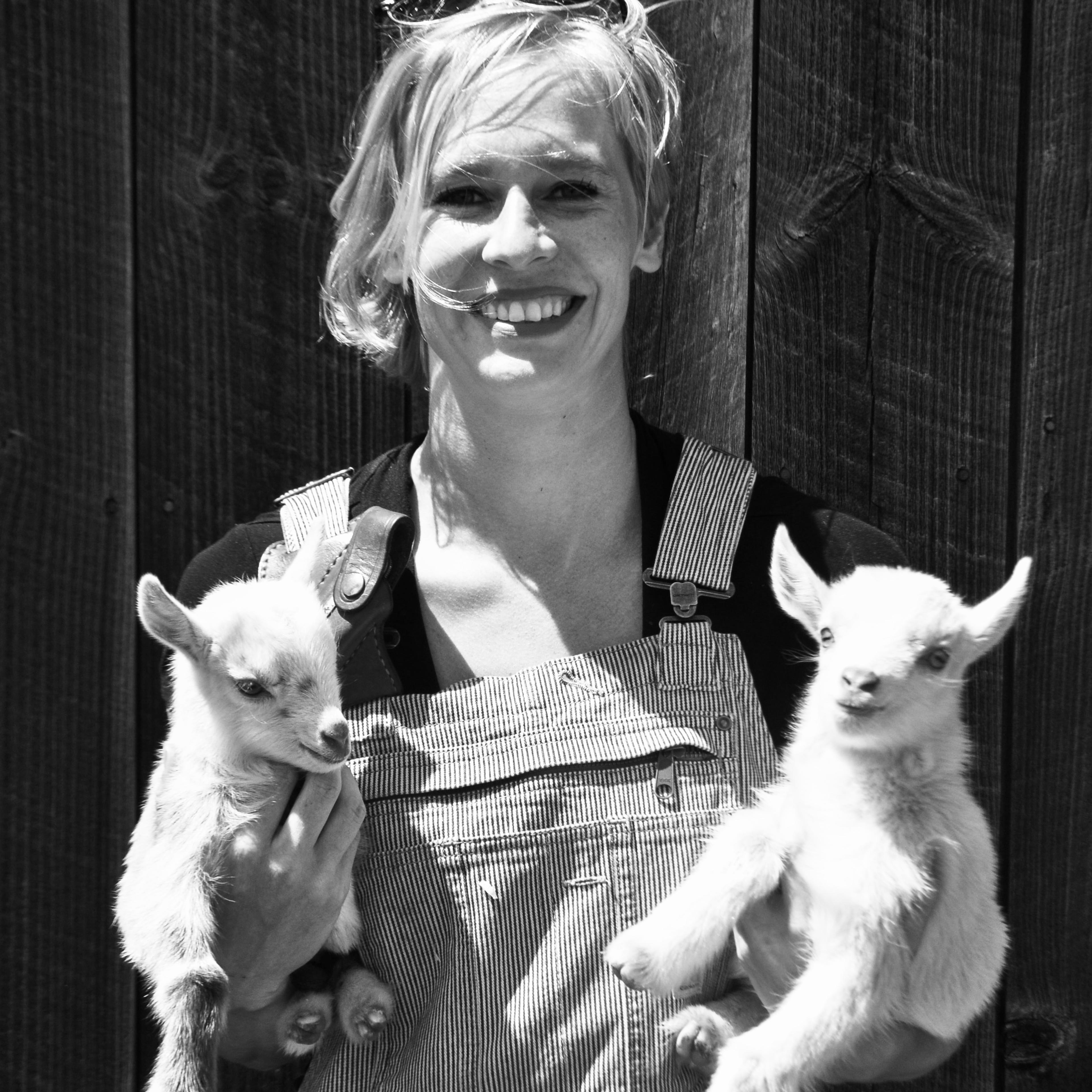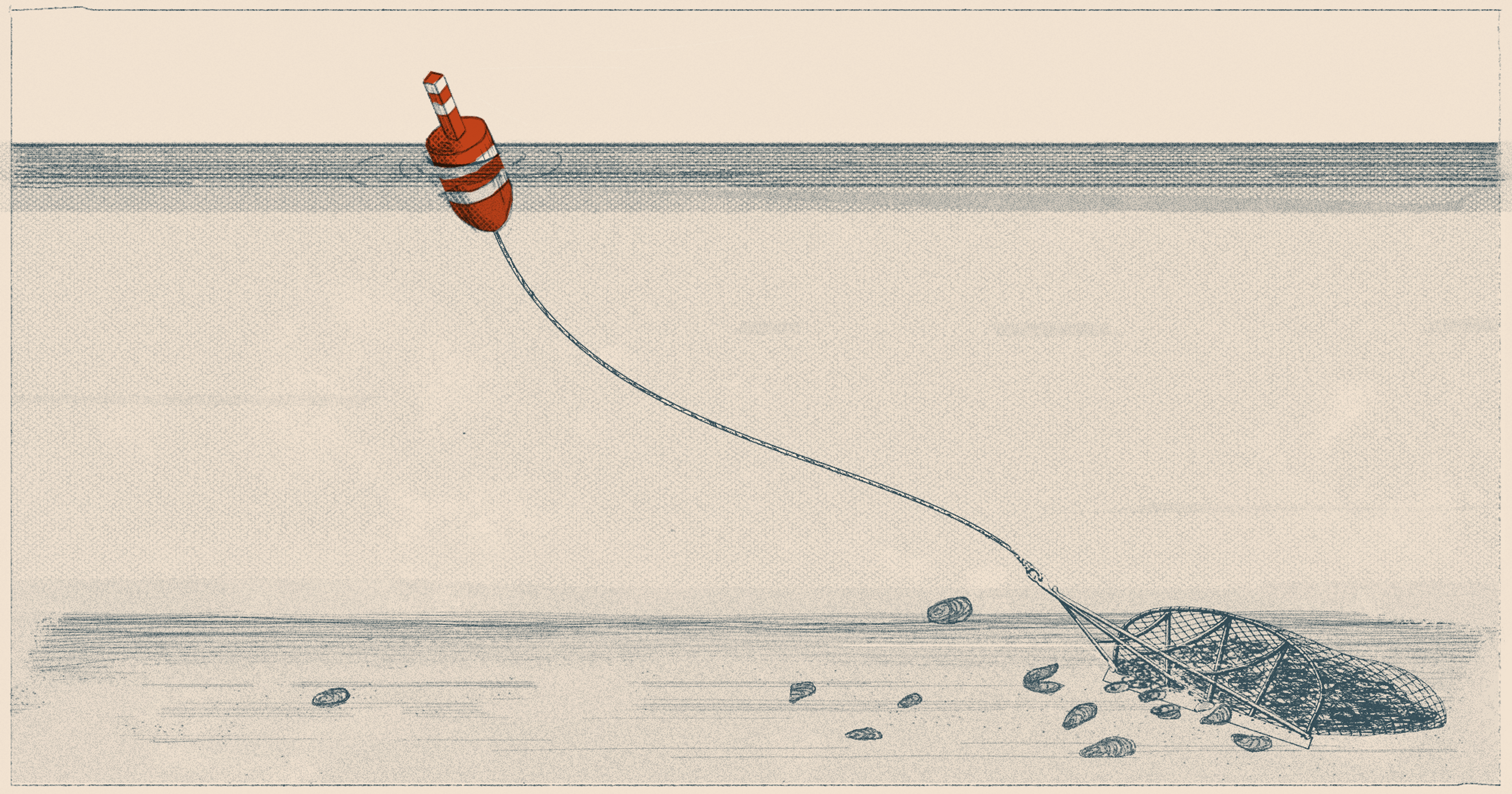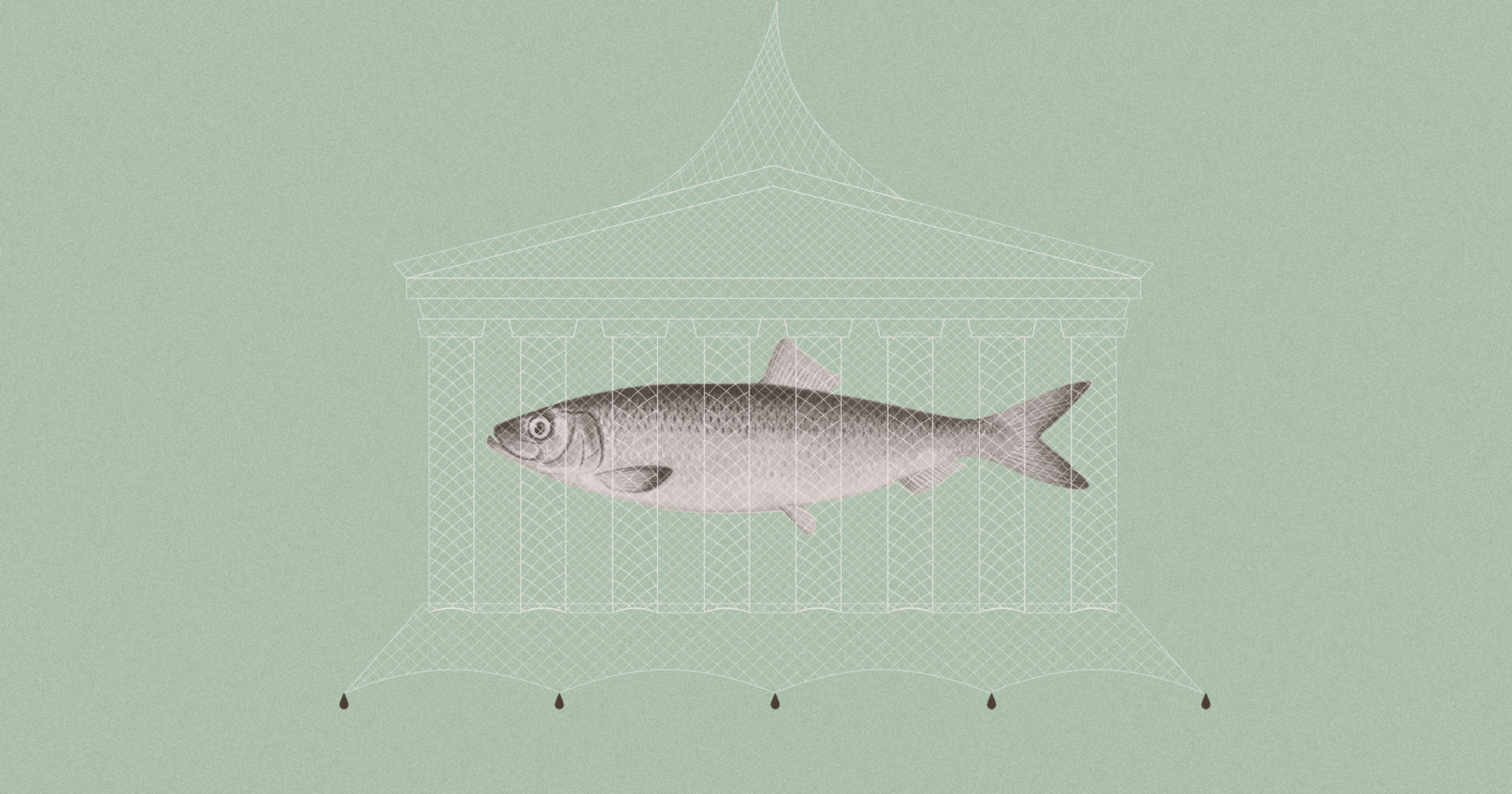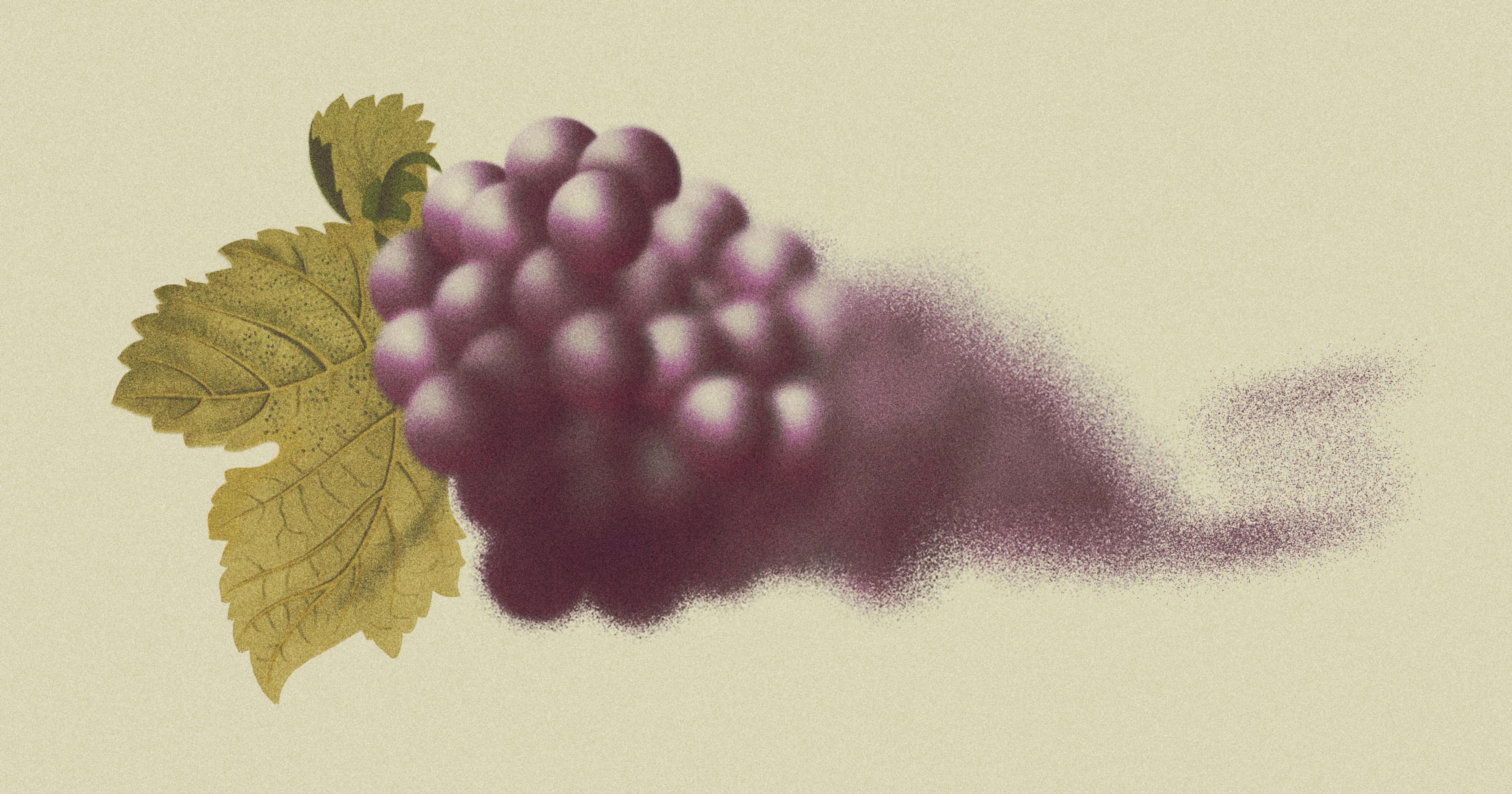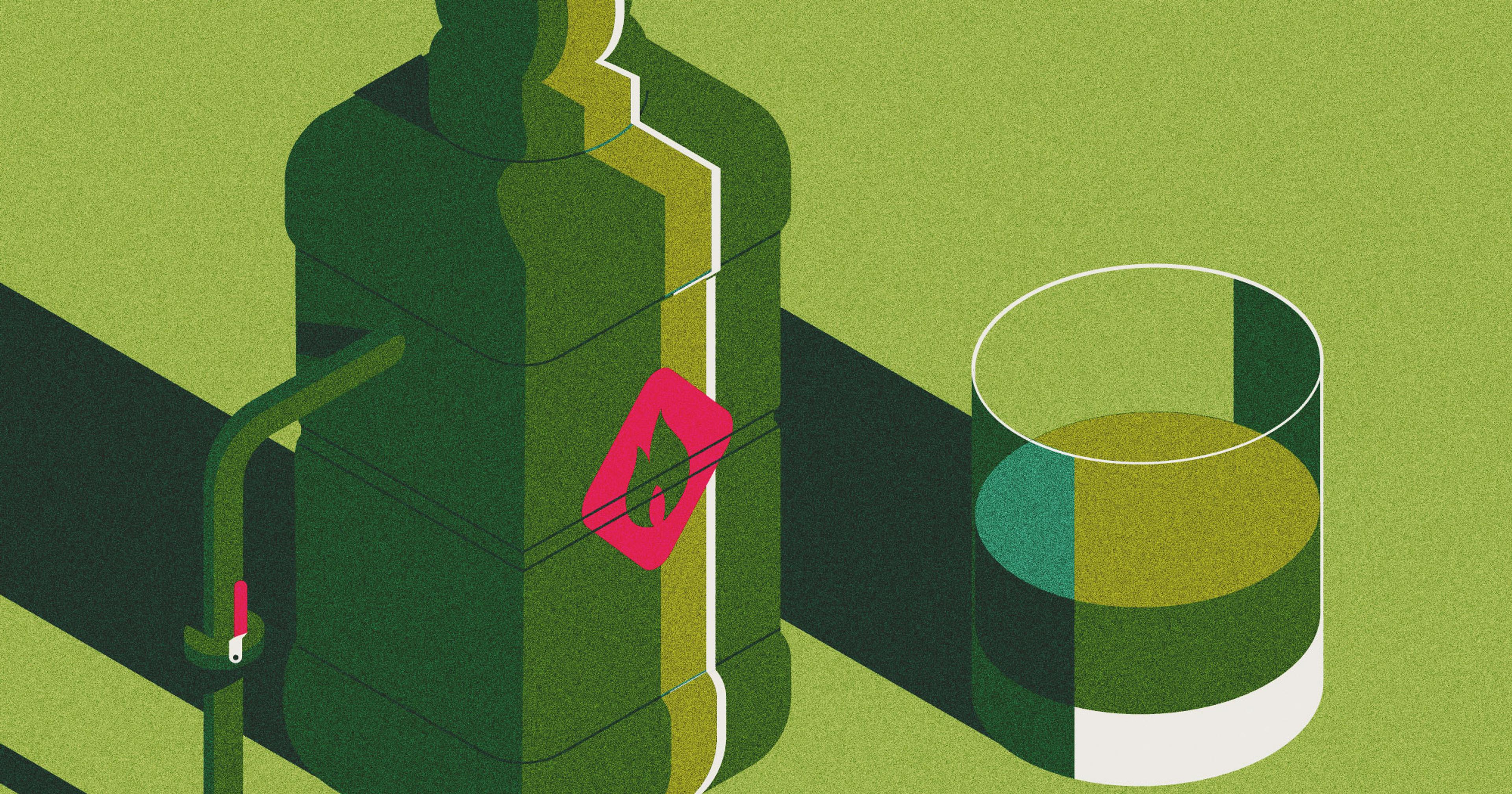As Maine’s waters grow too warm for the state’s iconic shellfish, oyster farms are offering an alternative income for lobstermen.
A decade ago, motoring over the shimmering waves on Casco Bay off the coast of Portland, Maine, was a thread-the-needle navigation challenge: nosing your boat carefully in between lobster buoys.
Each buoy marked the location of lobster traps on the seafloor. The array of colors indicated which lobsterman they belonged to, and every morning the bay hummed with boats setting off to collect their haul.
I had not been on the bay in over a decade when my husband and I loaded up a boat last summer for a classic Maine vacation. As we cruised around Whaleboat Island on a hazy early August morning, the navigation was easy: We gazed out over just three lobster buoys bobbing in the waves. In the years since I’d last been on that stretch of water, the lobsters had scuttled north along the ocean floor in search of a cooler environment. But they didn’t leave the bay empty.
Lobster buoys are iconic Maine decor and the state’s coastline can seem empty without them. That is, until you begin to notice the oyster farms. Where lobster pots were once dropped to collect the sea’s crustaceans, clusters of floating oyster cages are now proliferating in the Gulf of Maine. The many oysters are farmed in floating cages held in place by floats. Oyster farmers lease tracts of the ocean for their farms from the state, and their aquatic farms can encompass a few acres of water. The cages sit just under the surface, allowing the sea to flow around them and providing growing oysters with abundant food in the form of phytoplankton on the water’s surface.
Maine’s history is lined with lobster shells, with generations of coastal families depending on the reliable red bug for their livelihood. However, for anyone making their living on the state’s coastlines it has become undeniable that the waters are changing. The Gulf of Maine is warming faster than almost any other ocean surface on the planet, owing to a strengthening of the Gulf Stream brought on by climate change. And Maine’s other staple seafoods started fleeing for cooler waters decades ago: A once vibrant seasonal shrimp harvest has been put on moratorium for over a decade and fish including cod, haddock, and flounder are being caught in fewer and fewer numbers.
*
North Haven, located in Penobscot Bay, is part of the expansive archipelago of islands that may have earned the state its name — sailors likely used the term to distinguish the main(e)land from the neverending series of isles. Twelve miles off the coast of Rockland, North Haven has a year-round population of around 400 people, and a majority of those residents are part of a working waterfront there.
Adam Campbell moved to North Haven almost 40 years ago. Shortly after he arrived, a lobster biologist visited the island for a survey of the lobster population in the Gulf of Maine. Even 40 years ago, scientists were concerned that the Maine lobster population was in trouble, confronting issues of warming oceans and overfishing. The forecast was dire, and the biologist urged Campbell not to invest everything in what might be a dying industry.
“I’m like, well, I better hedge my bets,” Campbell remembers. Change didn’t come right away, though: “It was all doom and gloom with these lobsters, but then for the next 25 years we had the best lobster fishing on the planet.”
Climate change, which would eventually begin to drive lobsters out of the Gulf of Maine, temporarily made its waters a perfect environment for the crustacean. Maine had always been home to plentiful lobsters, but for a couple of decades it was their Valhalla. But like a pot set to boil on a stovetop, the waters off of Maine slowly continued to get warmer and warmer — or, as lobsterman Dave Cousens told The New York Times in 2018, “Climate change really helped us for the last 20 years. Climate change is going to kill us, probably in the next 30.”

Photo by Kirsten Lie-Nielsen
·Andy Campbell holds a young oyster.
Campbell was ready to pivot. He purchased a lease on a saltwater pond near his home on North Haven, and started his first oyster seed there. As the seed oysters grew, Campbell moved them to the bed of the shallow salt river that connects the pond to the ocean. Unlike farming oysters in cages on the surface of the Atlantic, Campbell’s access to flowing, shallow saltwater has given him the ability to raise oysters in an environment that mimics how they thrive in the wild.
“The quality is off the hook,” Campbell said, giving credit to the perfect conditions offered by the inland island and its outlet. “They’re beautiful. You don’t have to maintain them. You don’t need bags, we don’t have racks or anything like that — it’s like a wild oyster bed down there.”
Campbell still fishes some lobster traps and has numerous side projects on his island homestead. But the oysters have become his biggest success.
“Eventually it turned from a side gig into something that was super serious,” he said. Oysters can take five years to reach maturity, so at first his oyster farm required patience. Within a decade, however, it was turning a profit. “My bookkeeper was like, ‘You made more money on oysters this year than you did lobsters.’ And we’d had a good year with lobsters! So that was exciting.”
*
Jeff Putnam has lived on Chebeague Island, 10 miles northeast of Portland in Casco Bay, for his entire life. He’s been lobstering since he was a kid, starting a full-time lobster operation in 1999.
“I think we’ve been fortunate that the lobster resource and the lobster market was in general good over the last bunch of years,” said Putnam, “but there are definitely some concerns on the horizon. You don’t have to look too far down to the south, like Long Island Sound, where the lobster resource just crashed. That led me to think that I have to have some diversification if I’m gonna stay on the coast of Maine, here on this island that I love.”
Putnam’s oyster farm is not his full-time operation, and currently it brings in a small side income for a bit of extra ocean labor. In addition to the oysters, he also farms kelp, and he says that the combination of these enterprises helps keep him afloat through Maine’s diverse seasons.
“Cash flow from the lobster business is good from July to January or February,” he said, “but there’s not a lot of revenue created by lobsters in April, March, May — and there’s actually a lot of expense that goes out in those months getting traps and boats ready. So having the income during that time of year is huge. It’s not enough to make me slow down lobster, but it’s enough to offset during that time of year.” While Maine’s lobster numbers are dwindling, the Atlantic ocean is still cool enough for a reliable harvest, especially in chillier off-shore waters.
“According to what they say, we aren’t going to know the decline is coming. It will be all of a sudden, and that will be it.”
Putnam farms his oysters in cages at an intertidal site, where they take two or three years to reach maturity. Grants and educational programs through the Maine Aquaculture Association have resulted in many new oyster farms along the Maine coast, and Putnam believes that what sets successful farms apart is good branding and an investment of time. While he is content with his oyster farm as a side business, he says the most successful oyster farms are full-time work for the farmers.
“Oyster aquaculture really needs to be your full-time job,” he said. “You need to really create a brand, create demand for your product, and provide a consistent product most of the year with consistent volume.”
“It’s just a matter of really setting up your farm right from the beginning,” he added. “Oysters are pretty resilient. They’re pretty resilient to ocean acidification, more so than soft shell clams and things like that.”
*
Farther north, the seas that surround Acadia National Park are chillier. Islands big and small scatter off the coast around Acadia, and long peninsulas jut into the sea. Schoodic Peninsula is one of these, less than a hundred miles from the coastal Canadian border.
Joe Young is now 71 years old, and he’s been making a living on the Schoodic Peninsula his entire life, following in the footsteps of generations before him. Young started lobstering in the 1970s, and he said that even then there was talk of diversification and the precarious future of the lobster industry.
“Back then it wasn’t climate change,” he explained. “It was overfishing.”
Maine has implemented various regulations to combat overfishing, but the future of the lobster industry remains uncertain as the waters warm. Like Campbell and Putnam, Young has been interested in diversifying his income for years. In 2012 he began a small restaurant selling hot dogs, lobster rolls, and some of his aunt’s black and white photos of the harbor. Around the same time, he participated in a training program by Maine Sea Grant called Aquaculture in Shared Waters. The program was aimed at introducing fishermen to the idea of farming oysters, mussels, clams, and kelp, and Young was intrigued.
Using the saltwater pond in his backyard, Young was able to start a small oyster farm in 2014. After a few years his first oysters matured, around the same time his small restaurant on the wharf was gaining in popularity. Wondering if he could sell his oysters there, Young decided to take a few of the briny shellfish to a friend’s for a taste test.
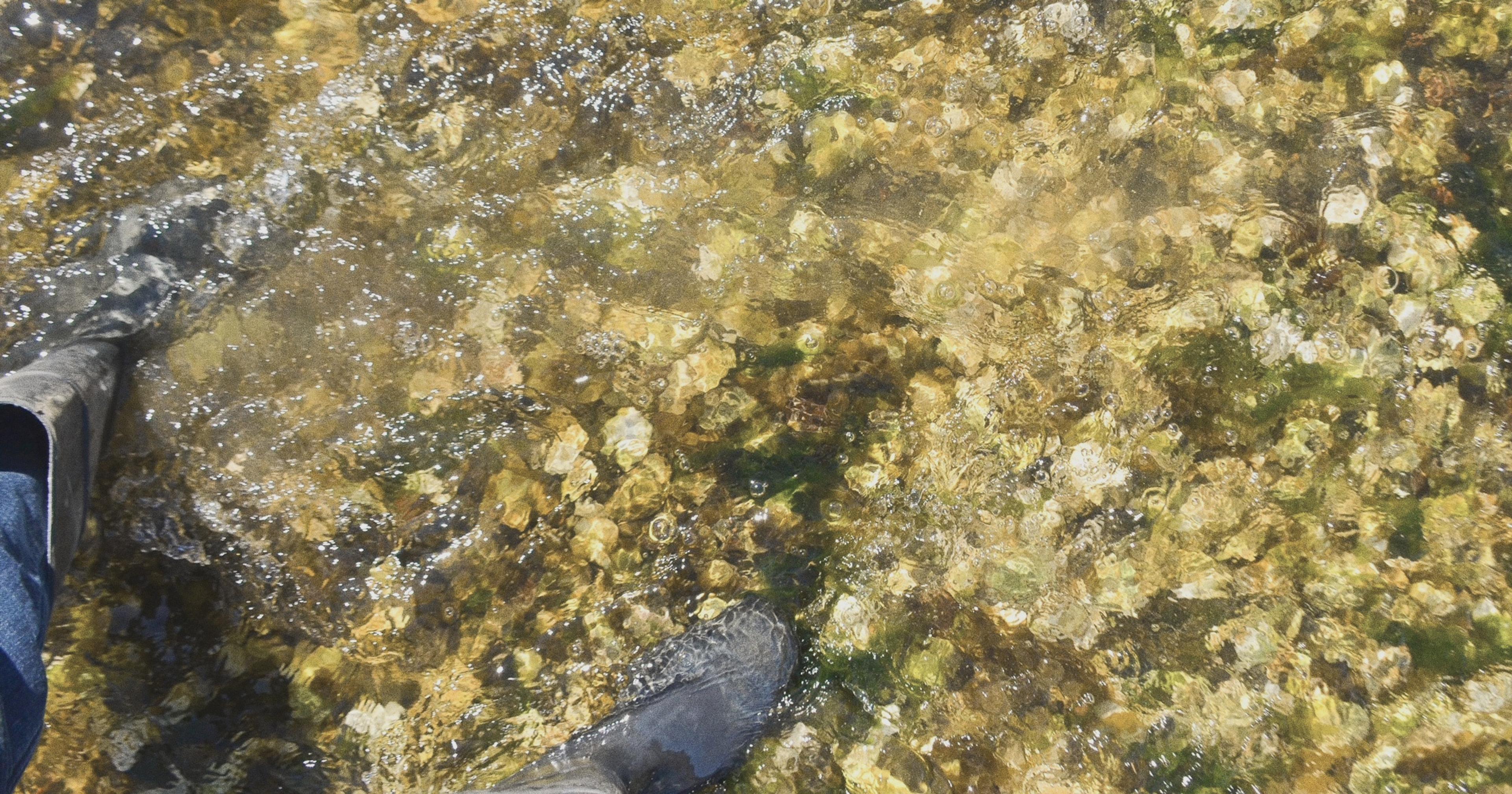
Photo by Kirsten Lie-Nielsen
·Oysters growing naturally at North Haven Oyster Co.
“I’d never eaten an oyster, didn’t know what an oyster looked like before then,” said Young. “And I had no intention of eating an oyster. I asked [my friend] how I could get into these things, and she opened it up — I looked at it, it looked disgusting — and then she swallowed it down. So I opened one up, and I’m looking at it, and she’s looking at me, and I’m thinking I’m going to have to eat this. So I did it, I ate that one, slurped it down, and I said … my God that was good!”
Off of Schoodic Point, the seafloor is still home to plenty of lobsters. But even though the industry is still going strong for now, Young says Schoodic lobstermen are aware of the risk to their lifestyle.
“People are still making pretty good money,” he said. “But according to what they say, we aren’t going to know the decline is coming. It will be all of a sudden, and that will be it.”
Young has noticed more and more fishermen diversifying as he did, whether with aquaculture operations or with land-based projects like real estate, rentals, and even boat tours of the harbor.
“More guys my age are just getting out of it,” Young said. He retired from lobstering in 2019. “I was in my late 60s when I got out of it, and that’s young for getting out of lobster fishing.”
*
Lobstermen are pretty matter-of-fact people.
“That’s just the way lobsters are,” Young said. “You catch them one day, then one day you aren’t going to.”
But lobstermen are also innovative and as gritty as their coastline. Despite an ever-warming forecast and dire predictions for the industry, there is optimism up and down the state’s shores as oyster farms and investment in aquaculture continue to expand.
The state of Maine has continued to fund programs to help young people gain a foothold in the growing oyster industry, as well as programs based around other shellfish and kelp farming. Oyster tours have become popular tourist trips, with boats to ferry you from farm to farm to taste the unique flavors of the pillowy soft meat.
Perhaps in the future the iconic image of a Maine dinner won’t be the bright red body of a lobster nestled between corn on the cob and a dinner roll, but instead a tray of just-shucked oysters shimmering under a spritz of lemon.
That is, until Maine’s waters get too warm for oysters.
